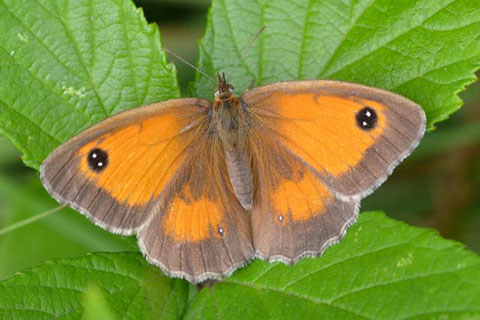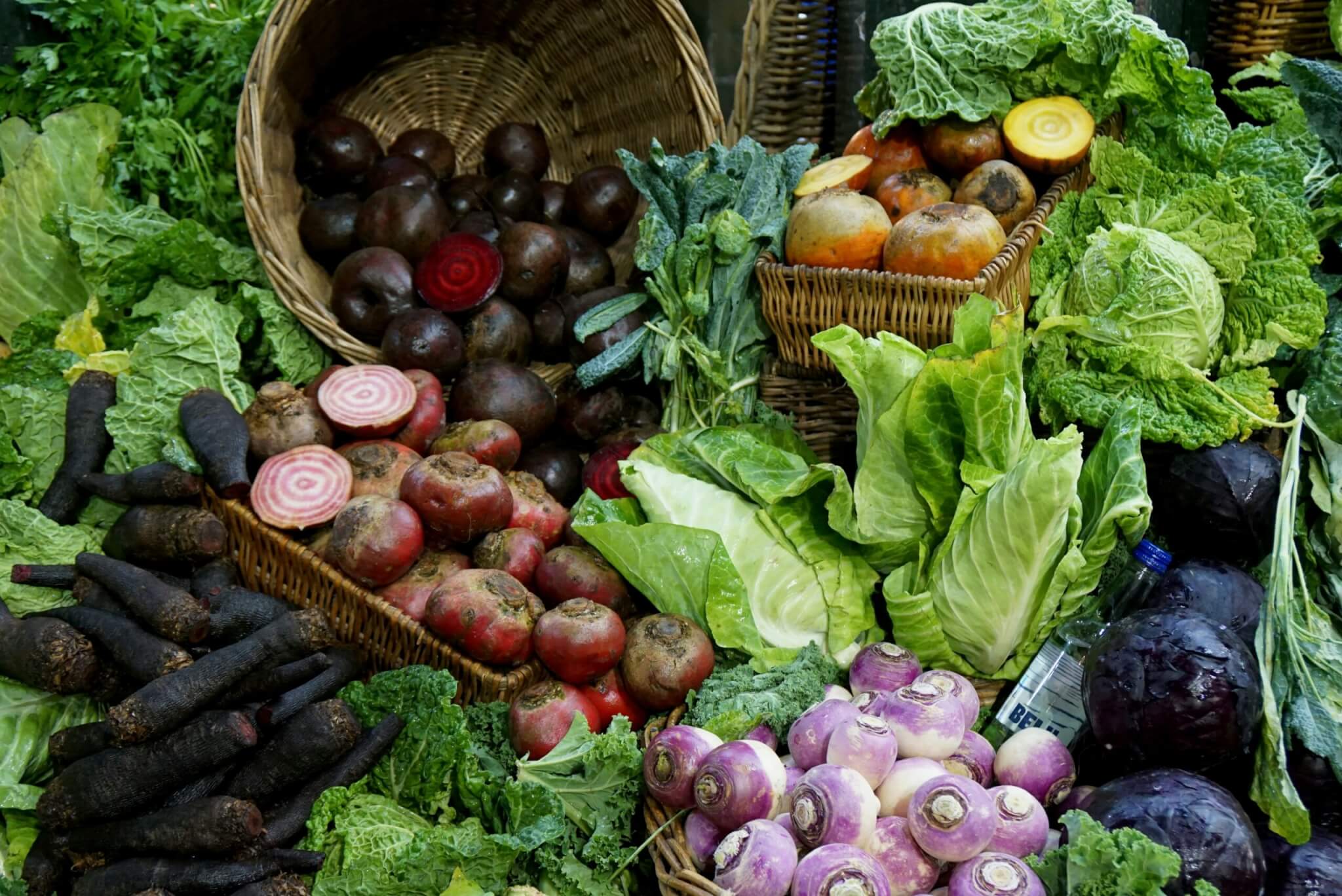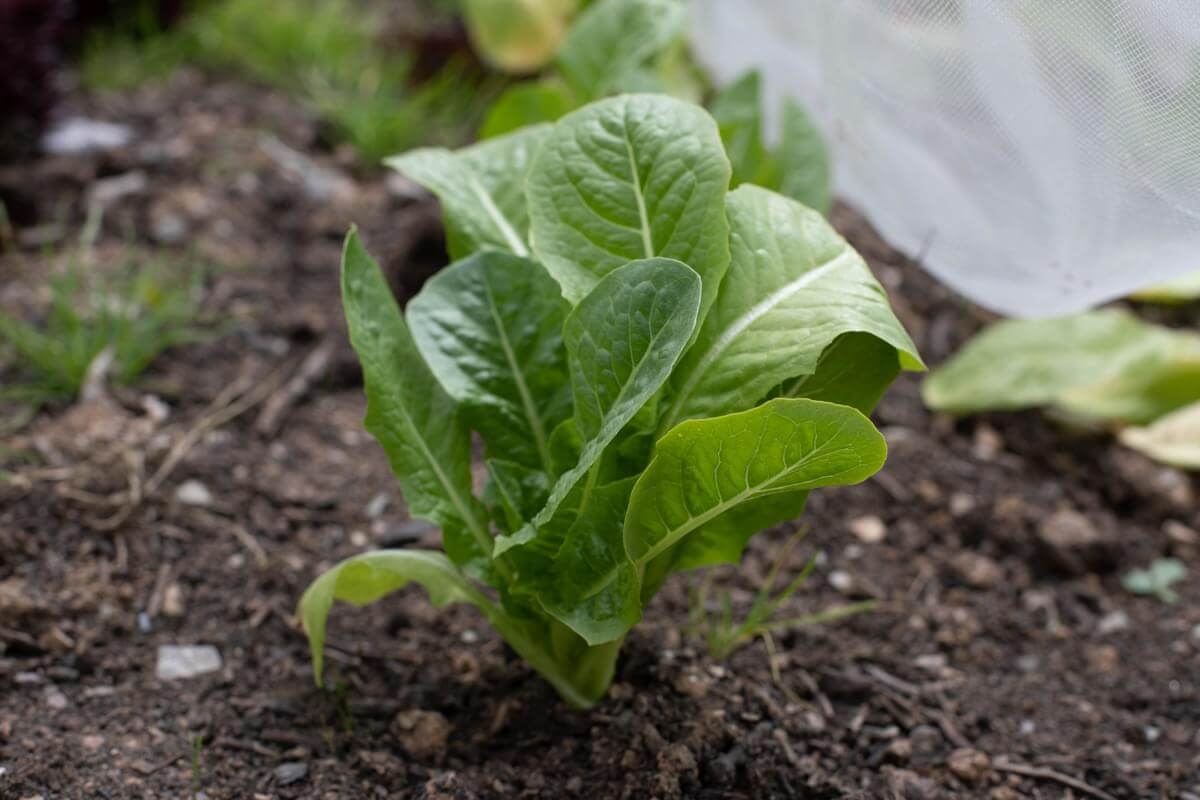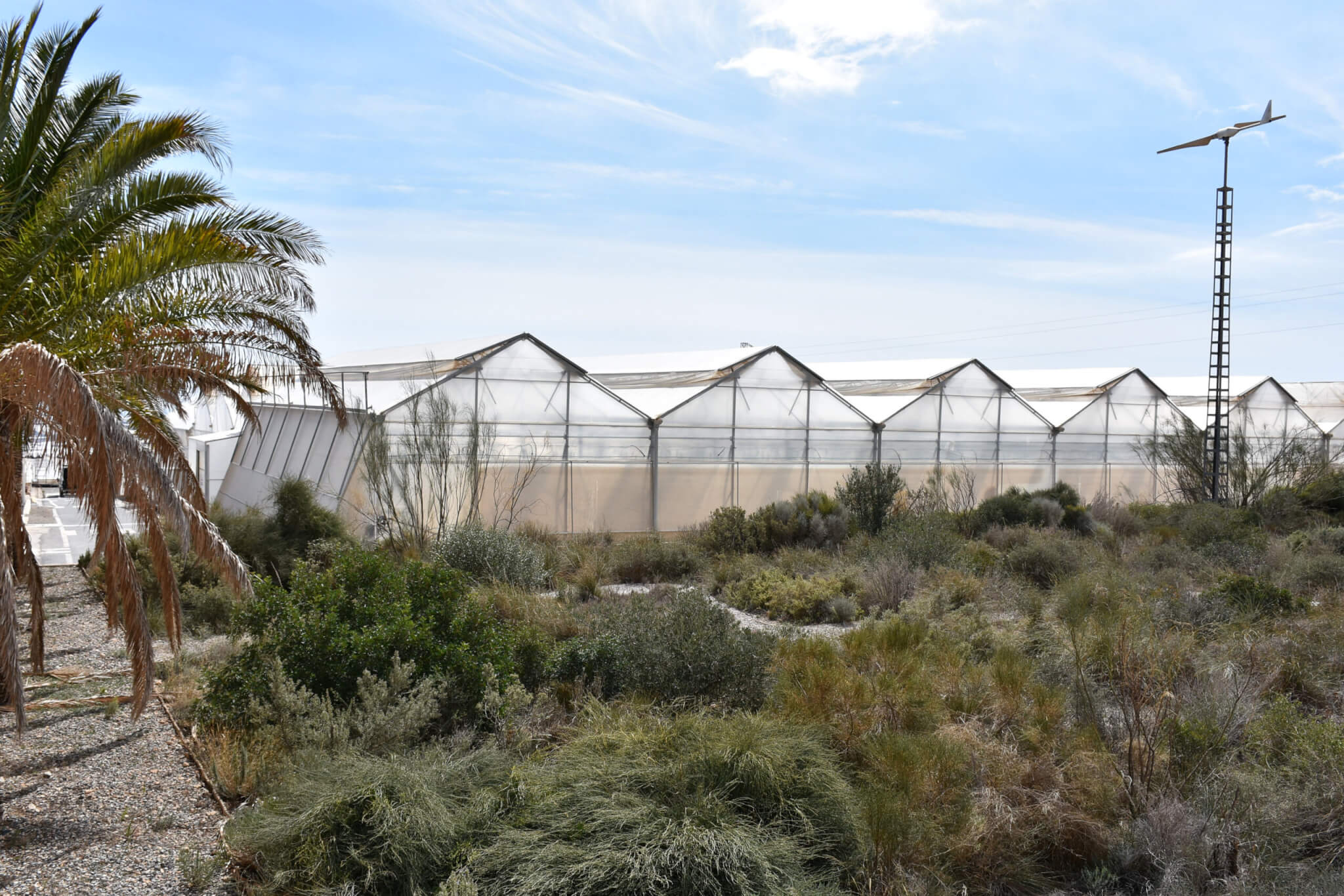The lowest number of butterflies recorded in the UK for eleven years is a sign of the “perilous state of wildlife” in the UK, a new report has said.
The Big Butterfly Count 2020, which is run by the Butterfly Conservation charity with the help of citizens, found 34 per cent less butterflies this year, in comparison with 2020. The survey counted 1.4 million butterflies across the UK during the count, which took place between 17July and 9 August.
Counts varied across species, with the Large White seeing numbers rise on average by 44 per cent, while the Peacock, the Small Tortoiseshell and the Admiral seeing declines of a similar percentage.
Results reflect a global trend of biodiversity loss, as repeatedly warned by organisations like the UN and the WWF, but the Butterfly Conservation charity said numbers could also have been affected by a warm spring.
“Unfortunately, this summer has not seen an abundance of butterflies, across the UK,” said senior surveys officer, Dr Zoë Randle.
“Coming so shortly after the recent WWF and UN reports on the global biodiversity crisis these 2020 results illustrate the perilous state of wildlife in the UK.
“The fall in butterfly numbers this summer may be due to a number of factors. An unusually warm spring led many species to emerge earlier than usual. So we may have only caught the tail-end of the flight period for many species during this year’s Big Butterfly Count.”

Butterflies and moths are valuable indicators of the health of the environment, and their declines show the effects of human behaviour on the world and changing weather patterns. They play a key role in the ecosystems of birds, mammals, invertebrates and plants as food, population controllers and pollinators.
“We do see peaks and troughs of butterfly numbers each year (last year for example we saw a huge influx of migrant Painted Lady butterflies), so the data from the Big Butterfly Count is an important snapshot which, along with our other monitoring schemes, helps our understanding of the rates of decline of butterflies and moths,” added Randle.
In better news, there was an increase in butterfly sightings by the general public, which although do not reflect the overall species population, did mark an uplift in interest for citizen science, where people can help scientists record data and provide a more accurate representation for wildlife surveys. Over 110,000 people took place in the butterfly count, spotting a record-breaking 145,249 butterflies.
Julie Williams, CEO of Butterfly Conservation, said: “A huge thank you to everyone who took part in the Big Butterfly Count this year. This important data is so valuable to our ongoing and vital research helping us to understand what is happening to our butterflies and moths so we can take focused action to protect these fantastic insects and conserve them for future generations.”












0 Comments